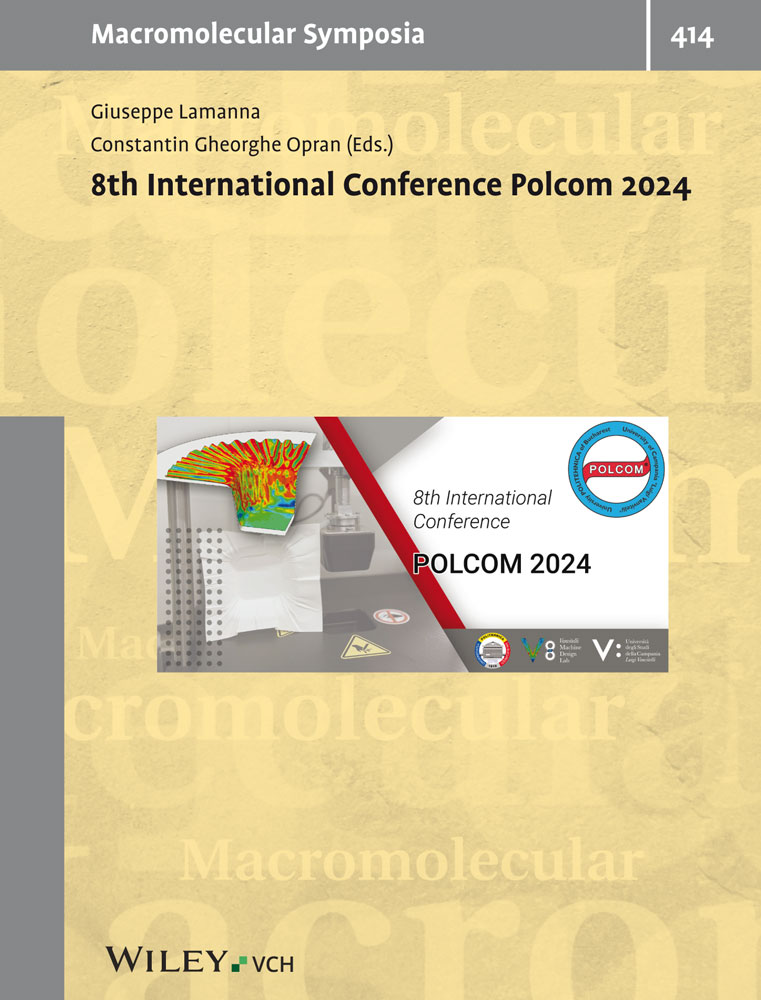Structure and dynamics of silica-filled polymers by SANS and coherent SAXS
Abstract
Random crosslinking in elastomers gives birth to local variations in the crosslink density. When the network is swollen in a low-molecular-weight solvent, competition between the osmotic pressure and the local elastic constraints transforms these variations into differences in polymer concentration, the range and amplitude of which can be measured by small-angle X-ray or neutron scattering (SAXS or SANS). In filled systems, the distribution both of the polymer and of the elastic constraints is modified. By varying the proportion of deuterated solvent in the network, the scattering function of the polymer can be distinguished from that of the filler using SANS. Such measurements yield not only the internal surface area of the filler particles but also the fraction of that surface in contact with the polymer. The recently developed technique of quasi-elastic SAXS detects slow dynamic processes at wave vectors larger than those accessible with visible light lasers. This technique is used to investigate the dynamics of filler particles in uncrosslinked polymer melts. It is directly shown that the structural reorganization process of the filler following an external mechanical perturbation is diffusion-controlled.




